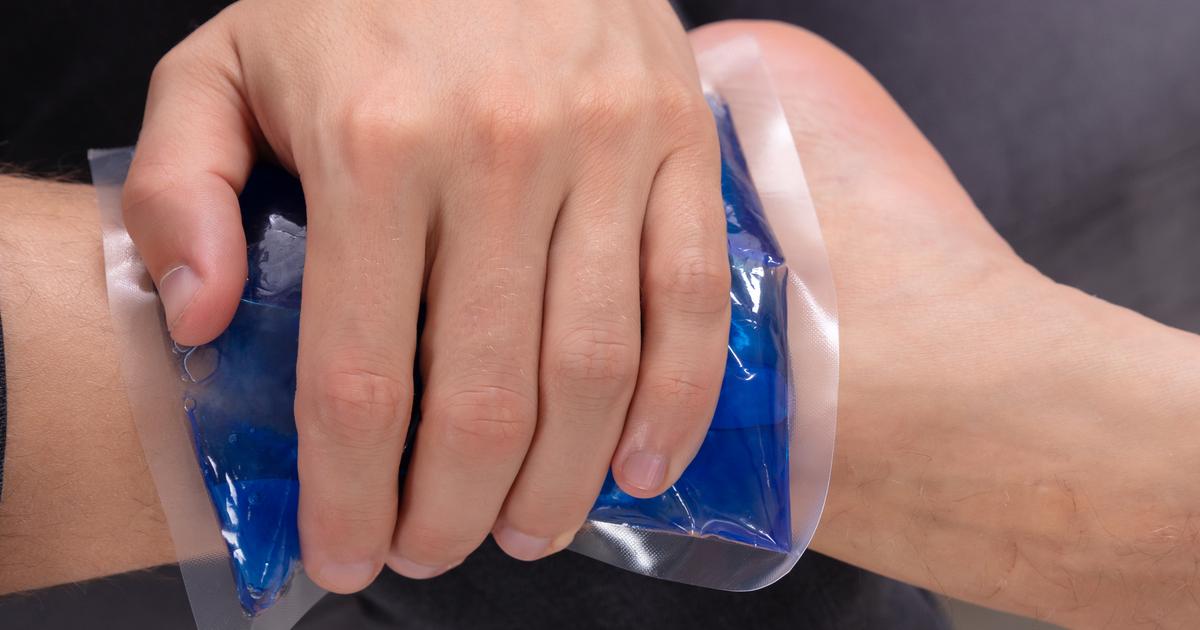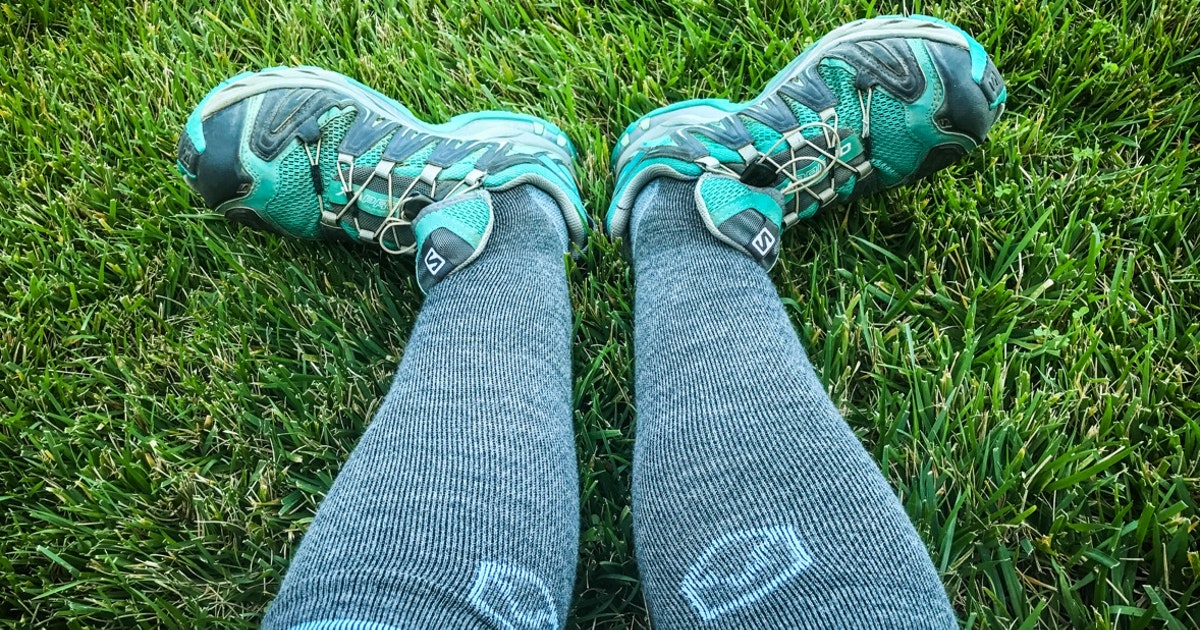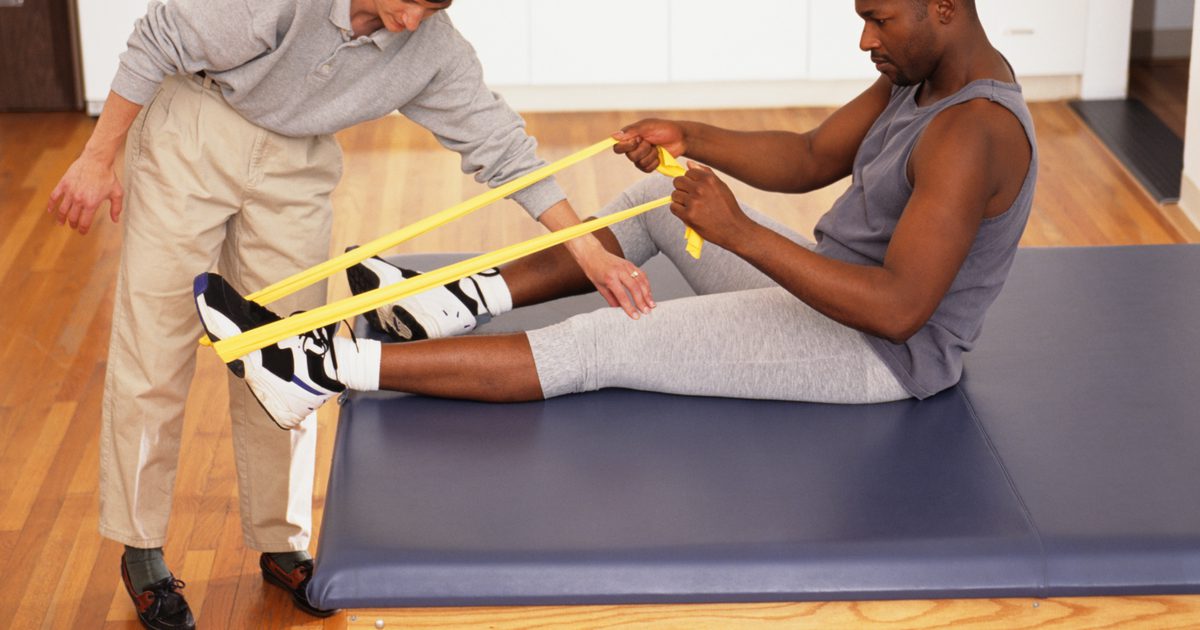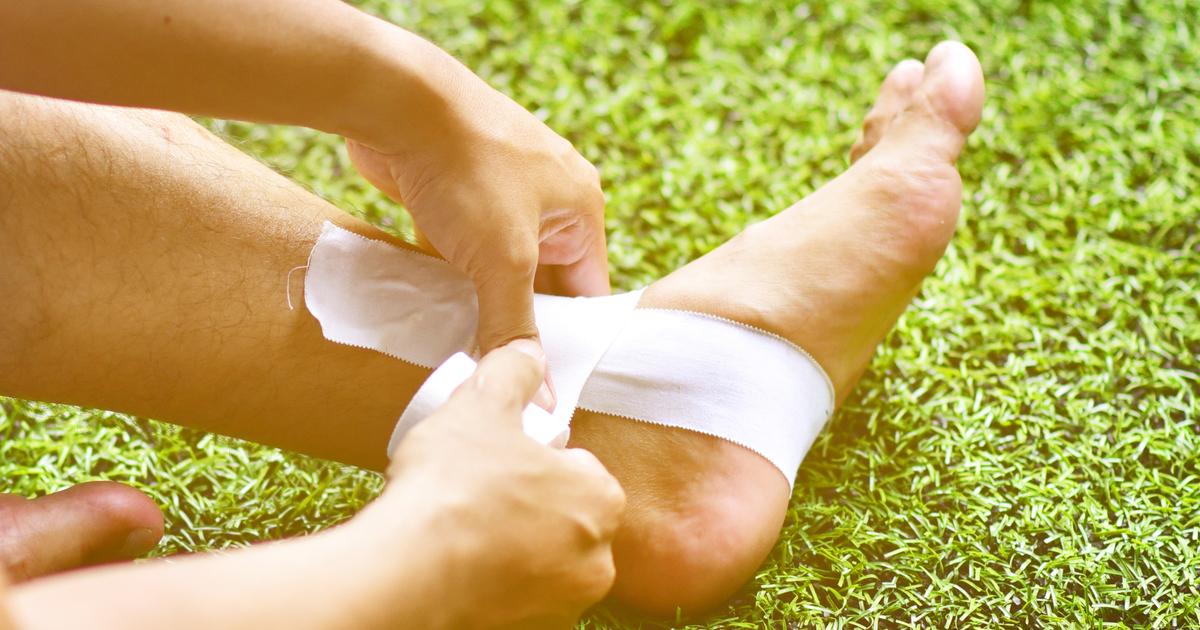What Treats Heel Pain?
Heel pain can be caused by any number of injuries or other underlying conditions. Many issues that cause heel pain have the same first-line treatment: rest. If an individual overused their muscles or strained their tendons, they need to rest them so they can heal. Conditions like plantar fasciitis can be caused by too much pressure on the foot, while conditions like Achilles tendonitis are caused by overuse and repetitive motion. Most cases of heel pain won't require treatment by a doctor. However, some underlying conditions will need to be treated by a professional. Plantar fasciitis is one of them, as are serious strains or sprains. Fractures to the heel or ankle bones are a medical emergency that should be treated immediately.
There are several treatments individuals can use for heel pain. Get to know what these are now.
Rest And Ice

The first thing doctors will recommend for most cases of heel pain is rest and ice. Walking around on the injured heel will not only cause more pain, but it can make the underlying cause worse. In serious cases, overusing an injured leg can lead to tearing or rupturing of tendons. If individuals work on their feet all day, they should try to arrange to sit for as much of the day as possible. They should take some time off work if they need it. When possible, individuals should also elevate their leg to improve blood circulation and promote faster healing. Individuals can do this by sitting in bed and propping their foot up on pillows, or by propping their foot on pillows on a coffee table. Ice can help numb the pain signals from nerves, but it shouldn't be used constantly. Instead, experts recommend using ice against the affected heel for ten to fifteen minutes twice each day.
Uncover another option for treating heel pain now.
Take Pain Medication

Most heel pain resolves on its own as long as individuals rest the injury. However, patients will still want to manage the pain in the meantime. Unless the injury is severe, they probably don't need prescription-strength painkillers to deal with the discomfort. Severe pain is always cause to talk to a doctor. Mild to moderate pain can be treated with over-the-counter pain medications purchased at a local pharmacy. The two main types of over-the-counter pain medicine are acetaminophen and nonsteroidal anti-inflammatory drugs (NSAIDs), including naproxen and ibuprofen. Both of these can relieve muscle stiffness and aching, and they can both reduce fever. However, acetaminophen can't reduce inflammation, which means if an individual's heel pain is caused by any kind of inflammation, they'll want to use NSAIDs.
Uncover more details on ways to treat heel pain now.
Wear Proper Shoes

Individuals need to wear proper shoes, especially if they're on their feet all day. Athletes and fitness buffs should also prioritize good footwear. Ill-fitting footwear can increase an individual's chances of many leg and foot injuries, not just heel pain. An ideal shoe will cushion the heel and support the arch of the foot. Different shoes are formulated to help different conditions. If individuals suffer from plantar fasciitis, they'll want shoes that help distribute their weight evenly along their feet, reducing pressure on their ligaments, which can ease pain. Runners should look for shoes that cushion them smoothly in every heel-to-toe stride. Those who run should also check in with how their body feels, especially after increasing their workout duration or intensity. Getting the right shoes can prevent heel pain from occurring in the first place, but it can also reduce pain that already exists. Good footwear should be a top priority if individuals have heel pain and still need to be on their feet for a significant part of the day.
Discover another simple, yet effective method of managing heel pain now.
Wear Compression Socks

One way individuals may be able to treat heel pain is to wear compression socks. The effectiveness of this technique will vary depending on the underlying cause of the heel pain. Compression socks do exactly what the name implies: they gently compress the foot and often, part of the leg. This helps narrow the blood vessels and improve circulation. It also keeps fluid from accumulating in the lower legs and causing swelling, which is very helpful when dealing with an injury. Compression socks can also help with muscle recovery after workouts. If an individual's muscles or tendons are injured and causing heel pain, a pair of compression socks may speed their healing time. Since the individual's circulation is increased, their body can repair the injury and relieve soreness much more quickly. Individuals can wear compression socks while they're on their feet, while they sleep, or at pretty much any other time of day.
Continue reading to uncover another tip for treating heel pain now.
Physical Therapy

When at-home strategies like rest and compression don't work, it's time for individuals dealing with heel pain to talk to a doctor. Injuries that don't heal on their own should be evaluated by a professional. In many cases, doctors will recommend physical therapy. This can help with injuries to the tendons and muscles. Physical therapy lets individuals strengthen their feet, which both speeds healing and prevents a recurrence of the injury in the future. The exercises individuals will do in physical therapy will vary depending on the severity and cause of the pain. When patients meet with their physical therapist, they'll get their medical history, go over the diagnosis, and come up with a treatment plan. Most patients do a certain number of physical therapy sessions per week, along with strengthening exercises performed at home. The best plan is one that strengthens the foot without worsening the injury through overuse.
Uncover more options for treating heel pain now.
Night Splints

Night splints are a type of support device individuals wear during their sleep. Rather than helping support them as they walk or cushion their foot, their purpose is to help stretch the foot. The majority of individuals have downward-pointing feet while they sleep. This isn't a problem if they don't have plantar fasciitis, but it can exacerbate the condition when it already exists. The angle of the foot shortens the Achilles tendon and plantar fascia, which means affected individuals will have a much harder time walking with these connective tissues in the morning. This is part of why plantar fasciitis pain is often worst immediately upon getting out of bed in the morning. A night splint holds the foot at a ninety-degree angle, like when individuals wear flat shoes. This keeps the plantar fascia stretched constantly as individuals sleep. It reduces morning pain and can, over time, reverse the condition entirely.
Get more details on more treatments for heel pain now.
Wear Shoe Inserts Or Heel Lifts

Depending on the cause of the heel pain, it might be helpful to wear shoe inserts or heel lifts. Before individuals do this, though, they should determine what's causing the pain. When the cause is plantar fasciitis, heel lifts can make the condition worse. They shorten the plantar fascia by angling the foot instead of keeping it flat, which increases the strain on the tendons and ligaments. However, if individuals are dealing with a sports injury at their heel, heel spurs, or discrepancies in leg lengths, heel lifts and shoe inserts can be extremely helpful. Some individuals with leg length discrepancies or contractures might benefit from customized orthotic inserts crafted specifically to the needs of each leg. Individuals can shop around for different inserts and heel lifts. Some are made for dress shoes and sportswear, while others are made to be slipped into running shoes and fitness gear.
Learn more about how to treat heel pain effectively now.
Surgical Correction

Some causes of heel pain can be improved with surgical correction. However, doctors generally recommend attempting other forms of treatment first. Many heel pain issues can be resolved with non-invasive methods by engaging in stretches, doing exercises, investing in supportive footwear, and making any other recommended lifestyle changes. However, some patients do all of these things and still find their heel pain is severe enough to interfere with their quality of life. Around five percent of individuals with plantar fasciitis need surgery, but it's recommended to attempt six months of other treatment methods before thinking about it. Surgery is generally best for individuals whose heel pain continues after between six and twelve months of ongoing home treatment. About three-fourths of individuals who undergo plantar fasciitis surgery end up having a reduction in heel pain. However, one in four still experience ongoing heel pain. Surgery does have several risks and will require patients to stay off their feet and recover at home. One risk is they'll develop tarsal tunnel syndrome or a pinched nerve, both of which can significantly increase their pain levels and interfere with their mobility in day-to-day life.
Continue reading to reveal more ways to treat heel pain now.
Athletic Taping

Athletic taping is a method of taping the feet to stretch them and reduce the pain from plantar fasciitis. There are a few different kinds of tape available that can safely position the feet for moderate lengths of time. One of the most popular is kinesiology tape. To engage in this taping method, individuals will first need to measure how far it is from the back of the heel to the ball of the foot. Individuals should cut the tape into four strips with rounded edges, and then measure how long the ball of their foot is. After, they should cut another four strips and give them rounded edges. Once individuals have these strips, they should lay each one of them flat over the arch of their foot. They should put their second tape strip on the ball of the foot and secure them. Following this, individuals should rub the tape with the heel of their hand to make sure it's secure. This will cause the plantar fascia to be stretched and supported. With traditional athletic tape, individuals need to wrap the entire foot in place instead.
Discover additional treatments for heel pain now.
Cortisone Injections

If at-home treatments haven't been effective enough at reducing heel pain related to plantar fasciitis, one option a doctor may suggest before surgery is a cortisone injection. Cortisone injections can help relieve inflammation and pain from an overstretched plantar fascia, particularly for those dealing with chronic pain. The body naturally produces cortisone in the adrenal glands as a response to inflammation, allergens, and stress. A corticosteroid injection uses a manmade version of cortisone with the same chemical makeup. It targets a specific portion of the body to reduce a single point of inflammation. The same basic principle applies to the injections as the one that allows ibuprofen to relieve pain, but the medication is administered in a targeted and localized manner. When treating plantar fasciitis, the injection will generally be given at the point on the foot experiencing the most pain. Doctors usually administer the injection through the inner portion of the foot, since puncturing the heel has the potential to damage the bone and other important internal structures.